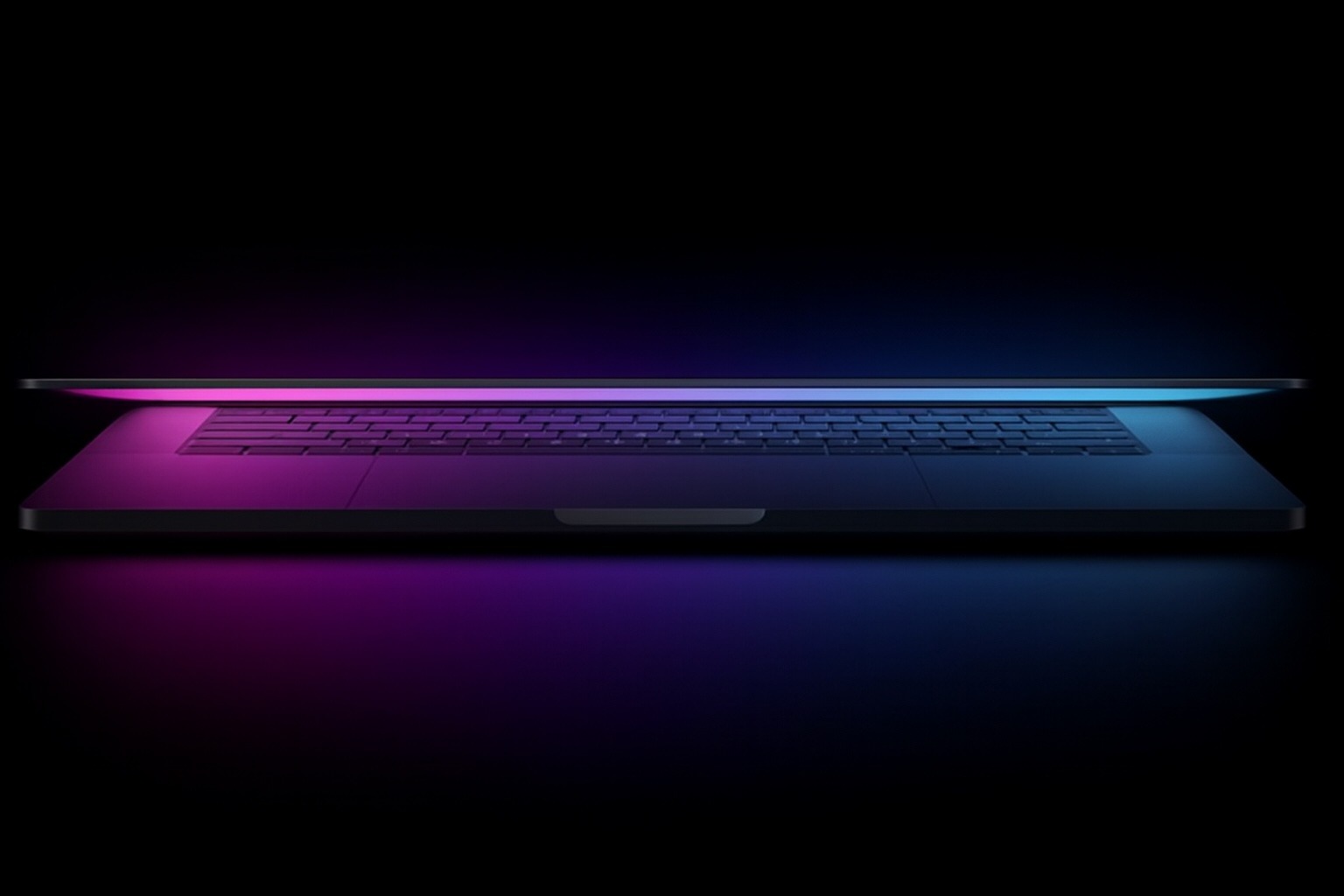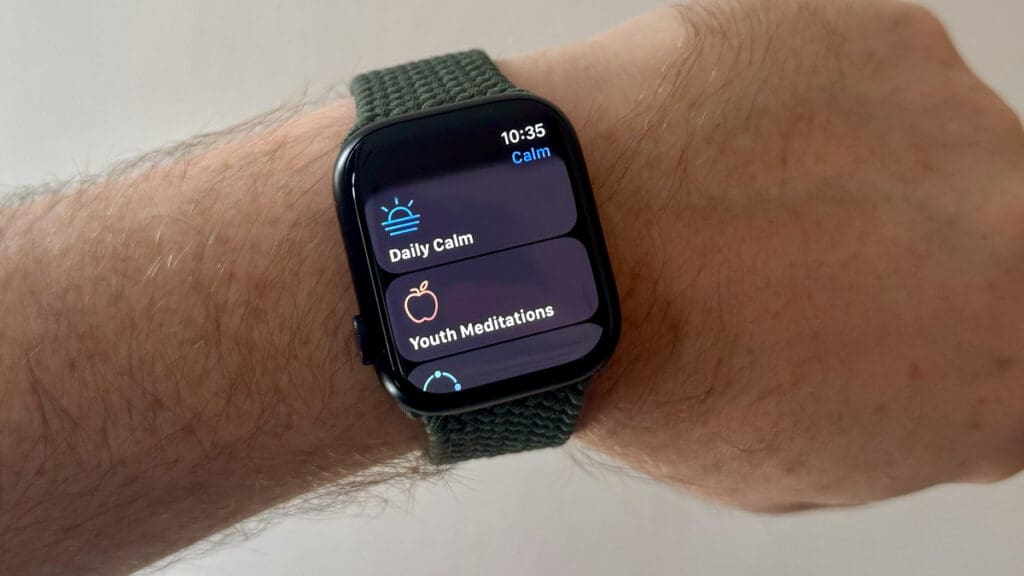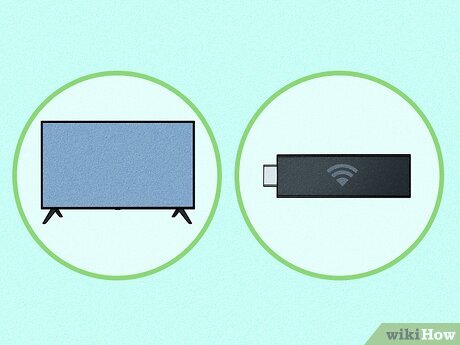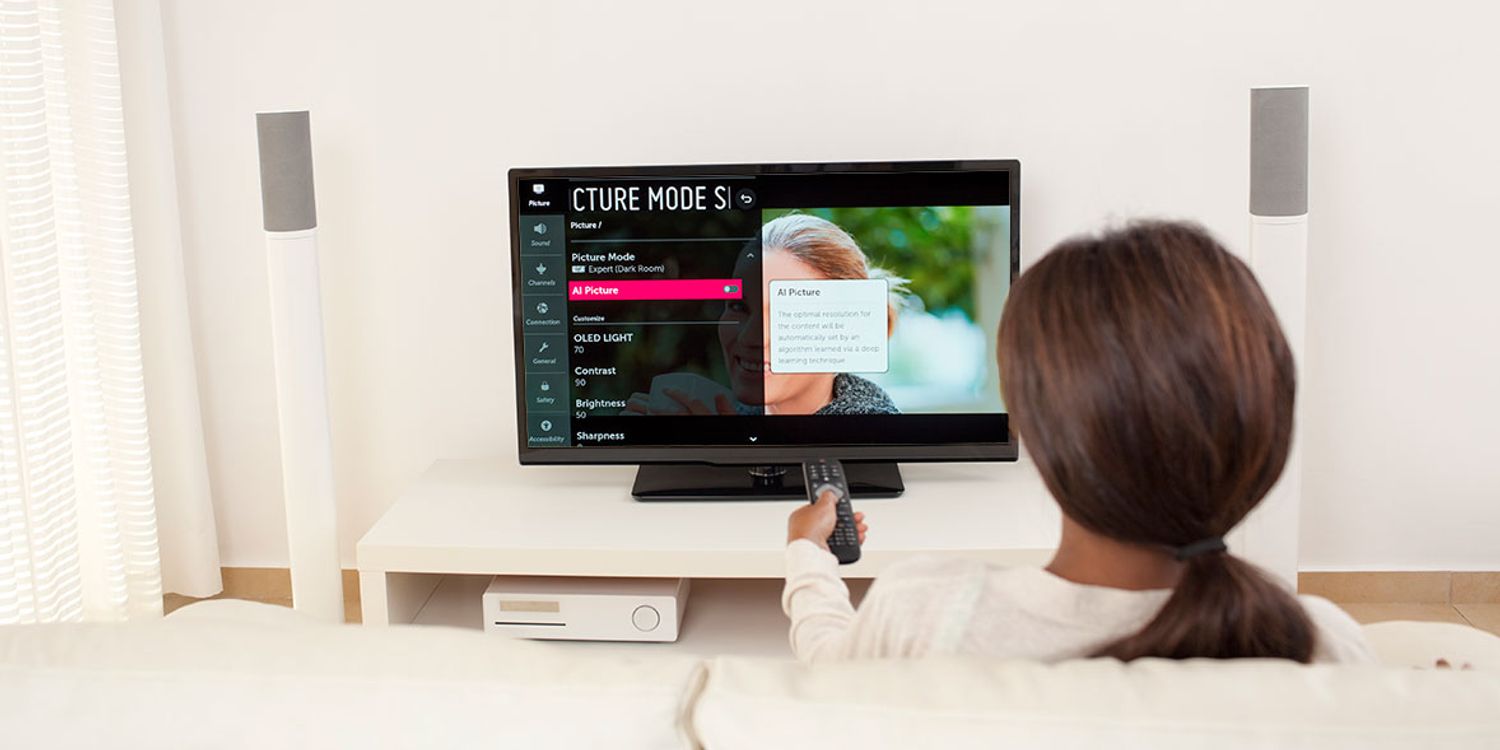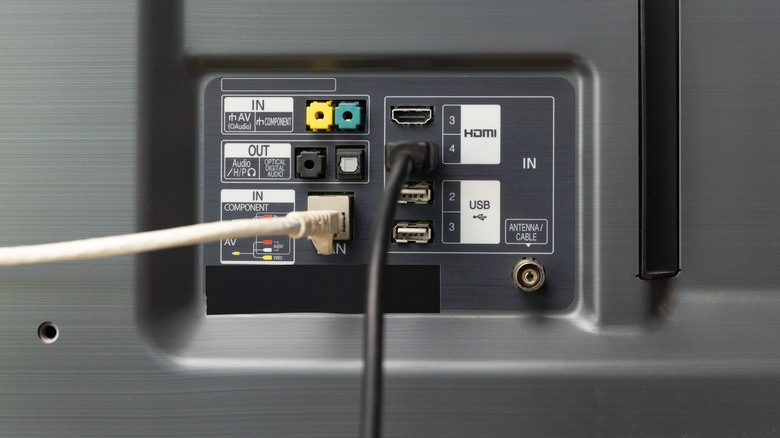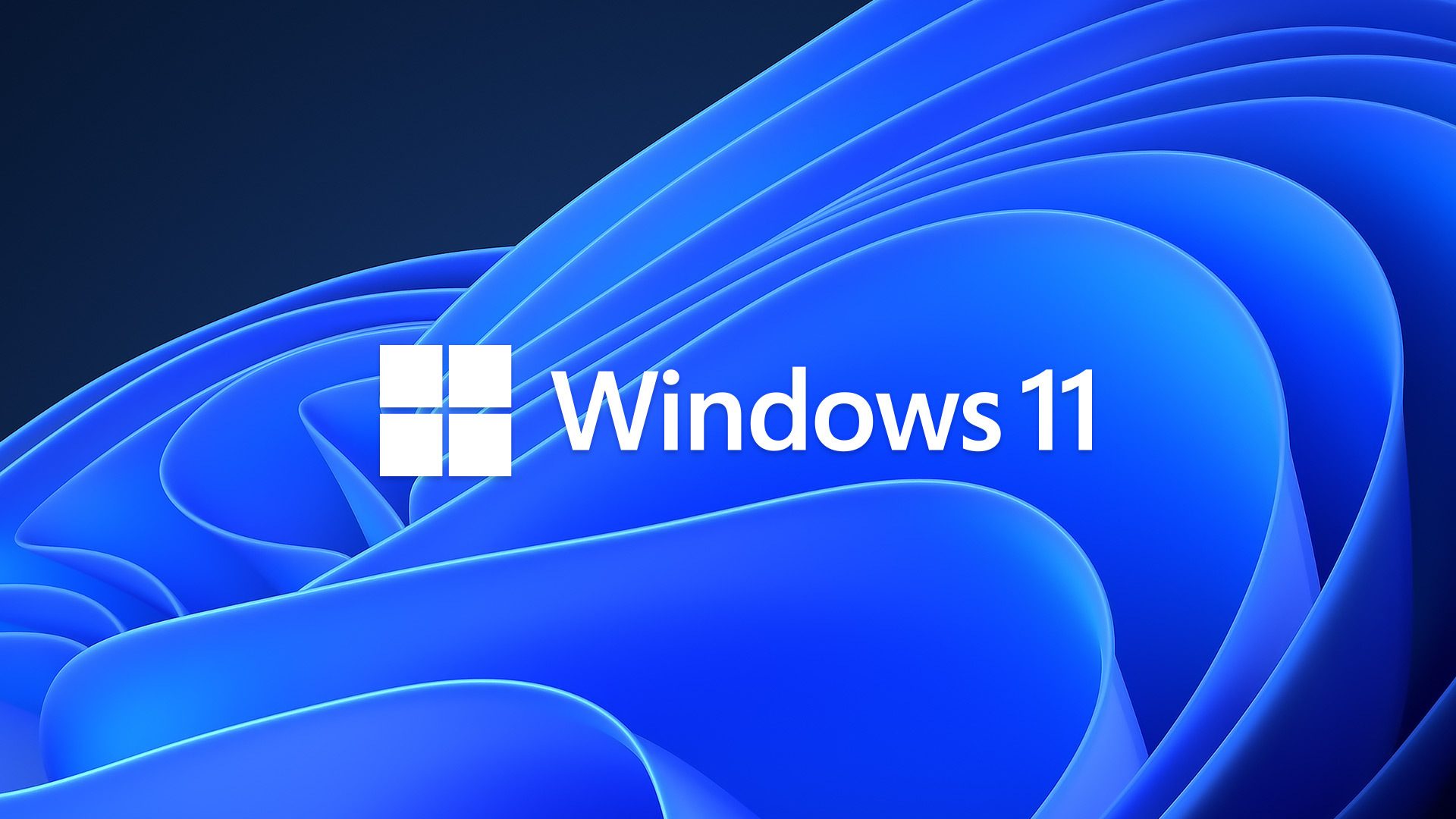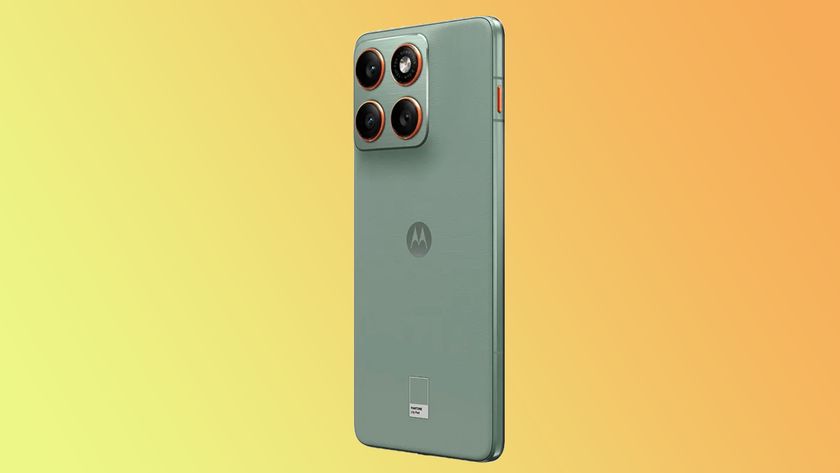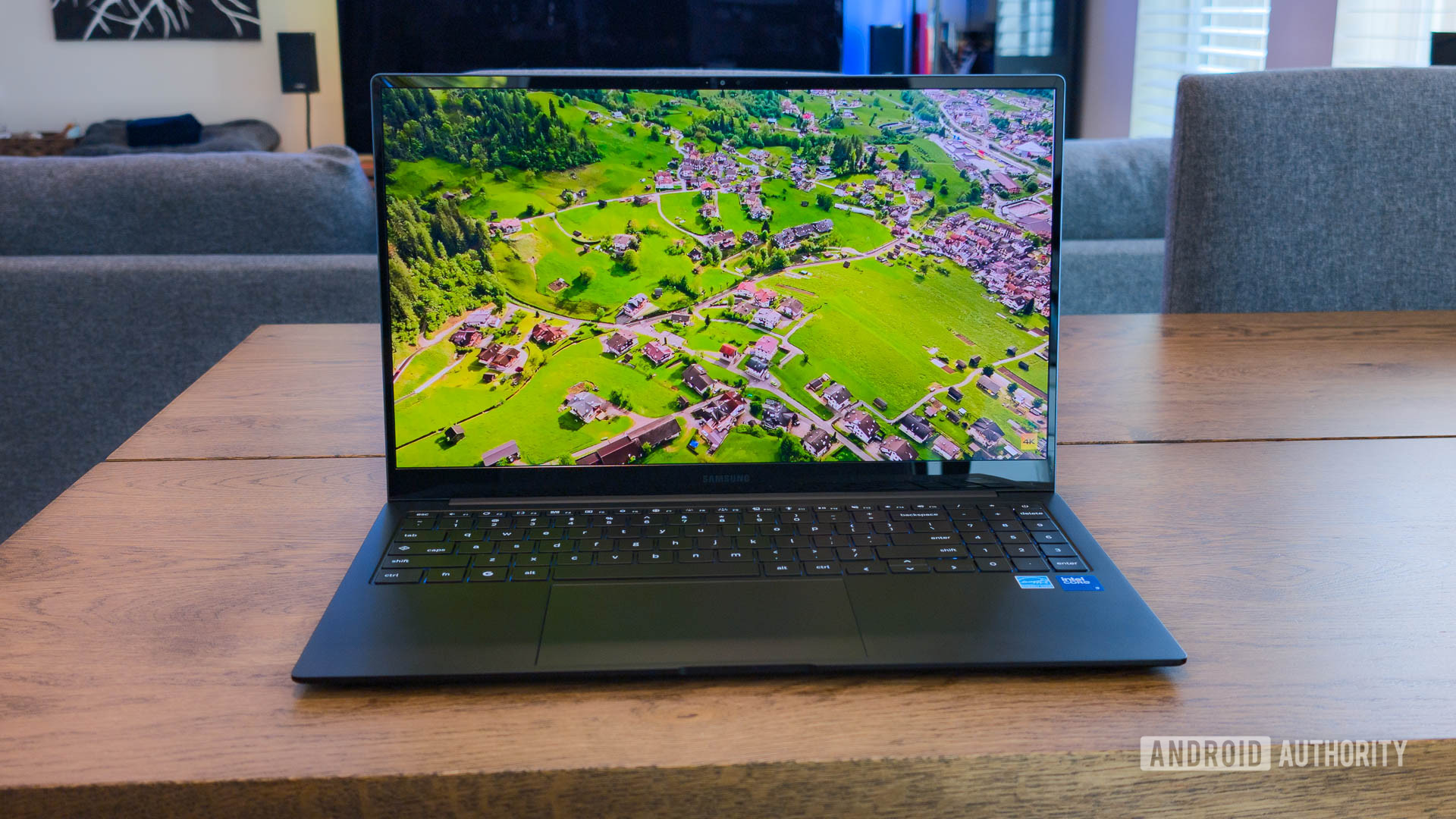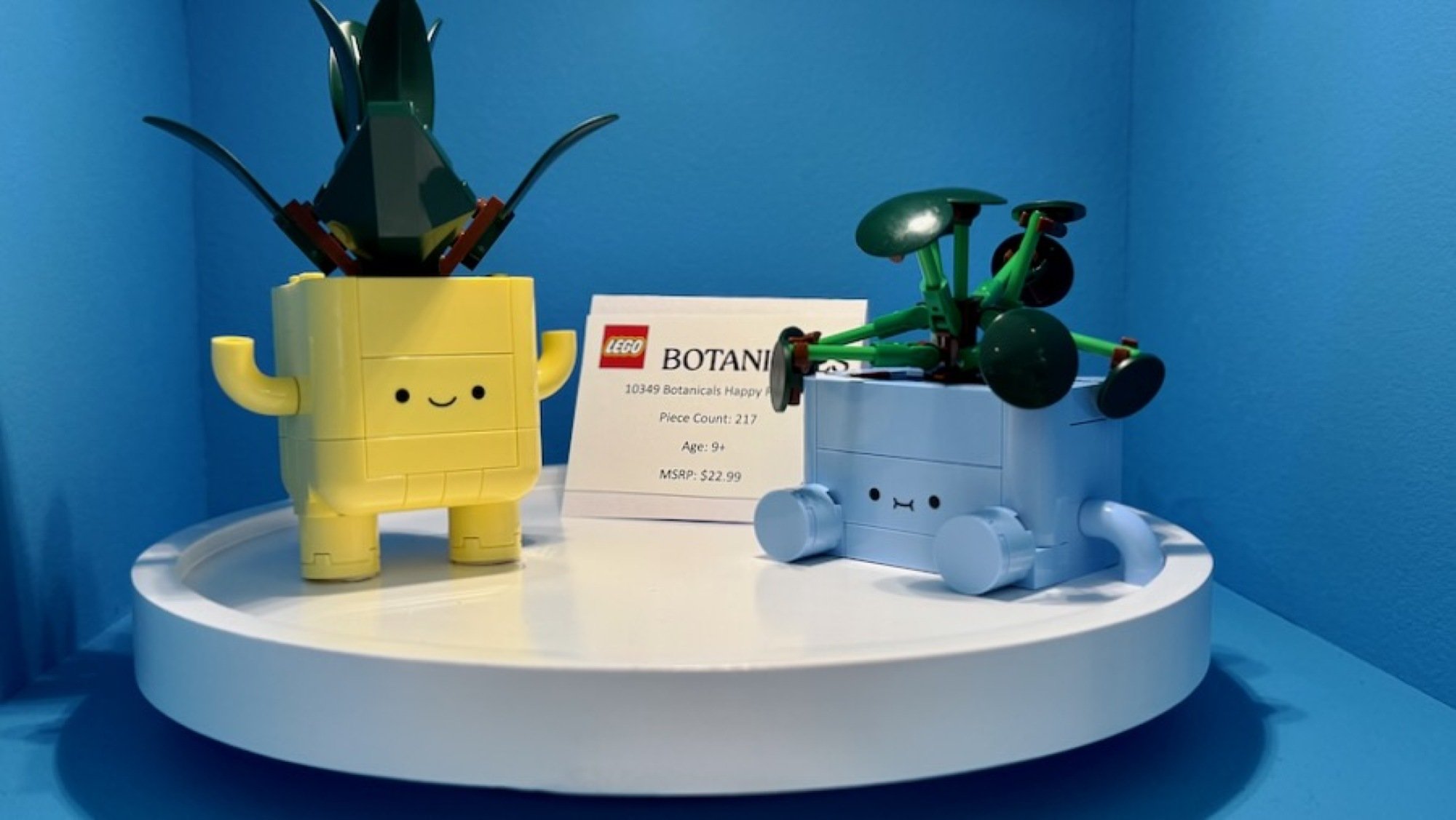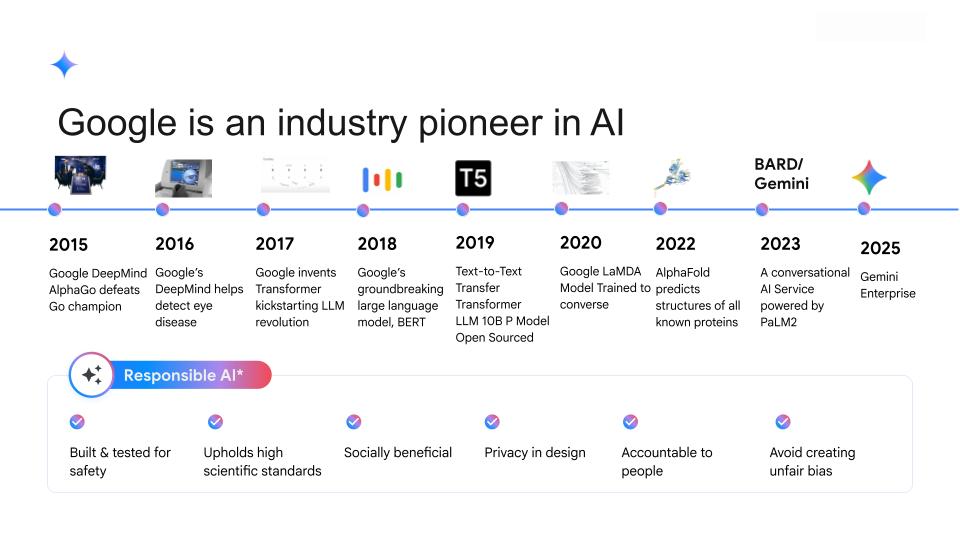Possible Launch of Fresh M5 iMac Version Aimed at Professional Users Uncovered by Leak
### iMac Pro with M5 Max Could Be Under Development at Apple
Speculation suggests that Apple has an intriguing selection of new Macs slated for release next year, with the latest reports hinting at a possible comeback of the iMac Pro featuring the M5 Max chip. Recent revelations from Apple’s internal coding have disclosed plans for forthcoming hardware and software, highlighting the iMac Pro as a central point of interest.
#### Uncovered Details About the iMac Pro
The discovery of a new premium iMac model integrated with the M5 Max chip stems from leaked kernel debug kit files employed by Apple engineers. At present, the iMac range is powered by the M4 chip, which lacks configurations for professional-grade options like the M4 Pro or M4 Max. This shortfall in product diversity has heightened expectations for a more potent iMac version intended for professional users.
Notably, the leaks have solely referenced the M5 Max model, with no sign of an M5 Pro variant. This raises queries about Apple’s approach; if they intend to reintroduce the iMac Pro, one might anticipate both configurations being offered. However, enduring rumors have circulated over the years regarding Apple’s pursuit of a larger iMac aimed at professionals, indicating that the company is indeed contemplating a more powerful option.
#### Anticipated Features and Dimensions
Although the leaked code does not clarify the dimensions of the M5 Max iMac model, it is generally accepted that, should this product come to fruition, it will likely surpass the existing 24-inch iMac. Industry insiders, including Mark Gurman from Bloomberg, have previously indicated that a larger iMac remains on Apple’s agenda, further igniting speculation about the iMac Pro’s resurgence.
The launch of an iMac Pro featuring the M5 Max chip could represent a significant enhancement in performance and functionality, catering to creative professionals and power users who need advanced computational strength for activities such as video editing, graphic design, and software development.
#### Final Thoughts
As Apple persists in innovating and broadening its Mac lineup, the potential revival of the iMac Pro with the M5 Max chip has sparked considerable enthusiasm among fans and professionals alike. While specifics remain limited, the idea of a new high-performance iMac model is undoubtedly captivating. Users are invited to express their opinions on the potential for a new iMac Pro in the comments section.
Read More